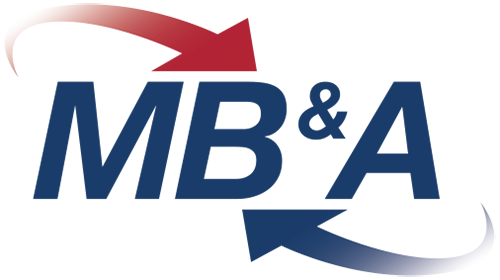So many organizations are working today to support innovation within their programs and organization. Many of these organizations turn to Salesforce as an innovation platform because of the company’s embrace of enterprise capabilities (security/scalability), ability to facilitate innovation through declarative development and mature App Store for enterprise capabilities (App Exchange).
The Salesforce innovation effect is often one where post-adoption of the platform and as stakeholders in the organizational ecosystem gain a level of competency and comfort; there is an explosion of innovation and proliferation of Apps.
While this is generally seen as a good thing, one challenge these organizations often run into is that all of that innovation starts to step on each other’s toes. Shared objects and shared fields start to become an issue, not sharing objects and having an endless stream of custom objects become an issue, the data model starts to look like a ball of yarn, and user provisioning becomes several someone’s full-time job.
It’s at about this level of success that someone starts talking about the need for governance and maybe even a center of excellence (hopefully before, but not usually). Of course, because the platform is now already pretty complex, things can get a little complicated. That search for order in chaos often becomes a massive effort tuned to the particular needs of the particular brand of chaos your organization has arrived at just prior to deciding it was time to fix things before the sky starts falling.
Having been involved in a few of these efforts now, I can confidently say that an ounce of prevention can go a long way. The Salesforce platform, its partner/AppExchange ecosystem, and unparalleled access to training and skill development afforded by Trailhead make innovation easy. Putting a little structure in place in advance can help save you a lot of time, headaches, and money.
At MB&A, we have the concept of the App Factory. It’s the idea that all of these Salesforce orgs should be innovation factories, churning out the apps the organization needs to keep humming along and meeting the mission.
While we do provide services that help provide a turnkey solution to delivering an App Factory to their organization, we also provide what we call the App Factory: Starter Kit. This is oriented around helping organizations at the beginning of the innovation journey in Salesforce. The idea is that if you put a few guard rails in place early on, you can avoid some of the headaches that come from deciding it’s time to think about the platform as an innovation center after you already have 50 apps serving a broad, overlapping user base with catastrophe just moments away.
The App Starter kit is a series of plans that are based on our experience and belief about how best to deliver apps and capabilities to the field in a way that reduces risk with a focus on just enough governance and structure to keep the trains running without grinding the wheels of progress to a halt.
We start with a high-level roadmap of how the App Factory works from idea intake to release and support. There is often some tailoring at this point to take into account the special considerations that come with being an organization in a high compliance industry or that has a massive amount of external users and use cases, etc.
From there, we walk through the core components of the App Factory approach. I’ve put a few examples below:
- App Intake Deep Dive: Refine the process your stakeholders use in defining requirements, scheduling app development, and understanding the App Factory process.
- Development Deep Dive: Refine your development process and develop standards that will guide the development of modules in order to ensure stability, scalability and security.
- Release Deep Dive: Develop a release process that provides consistent results, anticipates technologies that support complex environments and sets expectations across stakeholders.
- Platform Management: Develop an approach to ensuring that the Salesforce platform is maintained in order to maximize stability, scalability and security.
While not an exhaustive list, this gives you a sense of the approach we take – we essentially attempt to encapsulate the end-to-end approach to delivering apps to the field and supporting them and then develop a roadmap within each business process phase, followed by documentation and training materials tailored to the customers needs within each of the areas.
As an app vendor with products on the App Exchange that can help support this type of engagement, we also will deliver some key elements for supporting app development and customers as a part of the App Factory. Two great examples are on the front side of the service management process in helping get meaningful case information into the service management process and on the back end showing how our mobile apps can be used to support Salesforce use cases and, importantly, feedback on how users feel about those use cases:
- ExAM Powered Service Desk Forms: Leverage the power of ExAM to create easy to walk through decision trees that enable your end users to easily step through a series of self tailoring questions that build towards providing you with a complete picture of the challenge being presented to the end user so that you can close cases faster.
- ExAM Mobile Schema Views and End User Feedback: Use the ExAM Mobile Apps and the embedded feedback tool to build quick and simple data collection apps that also provide end users with the ability to easily provide feedback. Our intelligent mobile app feedback feature knows where the user decided to enter the information so that you can have them focus just on providing feedback.
At the end of the App Factory: Starter Kit process your team will have a solid set of core processes that have been tailored to your organization and that can serve as the framework and scaffolding for the delivery of an App Factory that has just enough governance to prevent chaos without stifling the creativity and potential for innovation that led to choosing Salesforce as a solution platform in the first place.





